
Shaun Hayes
Iconic, 2021
Glazed Midfire ceramic
37 x 15 x 15 cm
SOLD

Shaun Hayes
Canned, 2021
Glazed Midfire ceramic, Edition 1/5
47 x 22 x 22 cm
SOLD

Shaun Hayes
Quit While Your Ahead, 2021
Glazed Midfire ceramic
53 x 19 x 19 cm

Shaun Hayes
Remember to Flush, 2021
Glazed Midfire ceramic
32 x 10 x 10 cm
SOLD

Shaun Hayes
Stay Hydrated, 2021
Glazed Midfire ceramic
56 x 36 x 36 cm
AVAILABLE $1,460

Shaun Hayes
Take Me Out, 2021
Glazed Midfire ceramic
56 x 36 x 36 cm
AVAILABLE $1,460

Shaun Hayes
Youre So Vain, 2021
Glazed Midfire ceramic
56 x 36 x 36 cm
AVAILABLE $1,460
A Material Play on Waste
By Claire de Carteret
In 1957 Roland Barthes asserted plastic to be something more than just
a substance or material, but an idea of transformative alchemy. Democratic in its use, ubiquitous and infinite in its plurality, plastic is a transmutation of nature;
from matter to thing, to object, to fabric, the utensil, the telephone, the chair, the rhinestone, the toothbrush, the 3D printed weapon.
Everywhere and never ending in its potential, the material scope of plastic gives measure to a certain power. Artificial and synthetic, plastic is a miracle of development, its shapeshifting malleability a reflection of human expansion and domination over nature. There is a spectacle of plasticity, a euphoric triumph in our material mastery, a freedom to replicate whatever we want, however we want it.
And what of immortality? What does it mean to outlive your use? To outlive the natural world? Disposable. In its ability
to be anything and everything, plastic is also meaningless. For Barthes, “what best reveals plastic for what it is, is the sound it gives, at once hollow and flat; its noise is its undoing”. Plastic is the material alchemy of capitalist desire. Ravenous and hollow, yet filled with so much potential.
Plastic doesn’t care about time. Disposable. Neither does ceramic. Like plastic, ceramic material are also dependent on their function. A handle broken or plate chipped will send an object to the bin. Trash. What does it mean to be both ephemeral and long lasting?
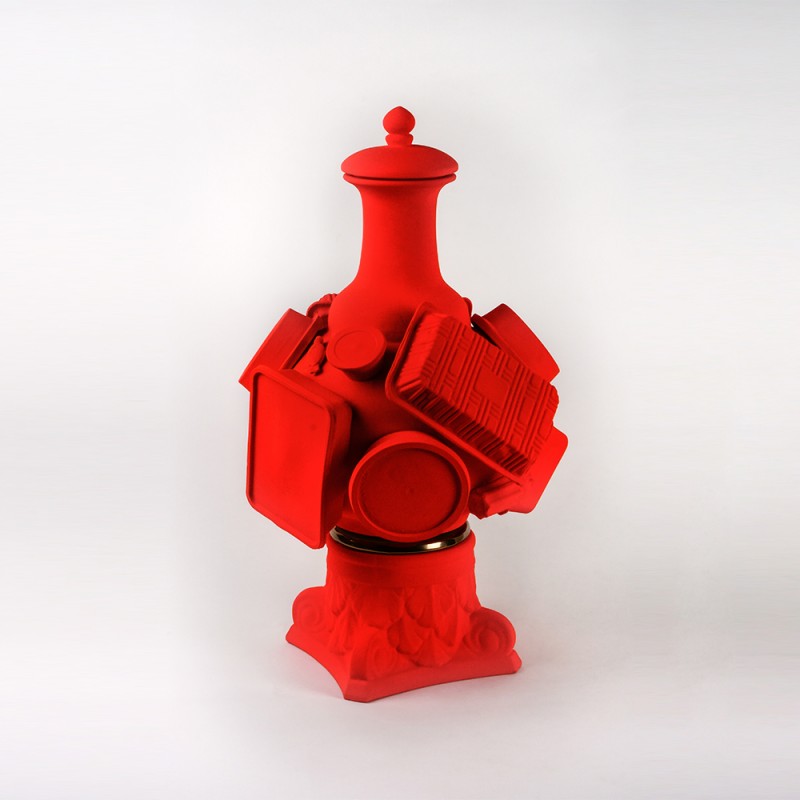 In his latest exhibition ‘Trashed’, Shaun Hayes investigates the material conversations of waste. How has disposability translated into the materiality of the objects around us? Interested in the feelings and memory these throwaway objects evoke, Hayes comically uses trash to build vessels of Western cultural heritage. Our garbage becoming a biographic assemblage of certain value systems. The unimportant plastic bottle, the takeaway container and toothpaste ironically put on
a pedestal, vitrified, forever set in stone. Almost sarcastically, the works are critiques of how material value is manufactured.
But in the environment it does not matter, material hierarchy does not exist, and both refuse to break down and return to the earth. ‘Trashed’ is tongue and cheek; what are the impacts of consumerism on the environment? Do we even care?
In his latest exhibition ‘Trashed’, Shaun Hayes investigates the material conversations of waste. How has disposability translated into the materiality of the objects around us? Interested in the feelings and memory these throwaway objects evoke, Hayes comically uses trash to build vessels of Western cultural heritage. Our garbage becoming a biographic assemblage of certain value systems. The unimportant plastic bottle, the takeaway container and toothpaste ironically put on
a pedestal, vitrified, forever set in stone. Almost sarcastically, the works are critiques of how material value is manufactured.
But in the environment it does not matter, material hierarchy does not exist, and both refuse to break down and return to the earth. ‘Trashed’ is tongue and cheek; what are the impacts of consumerism on the environment? Do we even care?
In so many ways, we have become so detached from the impact we have on the environment that we don’t even know what it means to throwaway a plastic bottle. According to Hayes, we’ve created systems to erase the true meaning of the everyday object on the natural world. The weightlessness of the plastic bottle makes it easy to throwaway. We’ve separated ourselves to the extent that we don’t feel anything when we put it in the bin.
Moving beyond written language, the works presented in ‘Trashed’ are a material play on ideas of waste, sustainability
and disposability. Who better to have the conversation with plastic than ceramic? Here, there is a deep knowledge of immortality and material alchemy. Magical transformation through processes of earth, water and fire are nothing more than familiar routine for ceramic. Who else can understand the malleability of plastic than the plasticity of clay? Living beyond the natural world, plastic and ceramic share a future together. Probably one without us.
For Hayes, there is a misconception that ceramic is a natural material and therefore better for the environment than plastic. It is no secret that converting clay into ceramic emits greenhouse gases.
This process uses huge amounts of resources and energy, which for Hayes and many other ceramic artists, contends with the image of the ‘sustainable potter’. Perhaps we need to approach notions of sustainability more carefully.
To be sustainable on this earth is complex, often conflated with ideas of ‘natural’ and ‘organic’. If anything, ceramic practices highlight that just because it comes from the earth doesn’t necessarily mean it is good for it. These material musings about ceramics invoke questions of scarcity. As we dig deeper into the earth, new geologies and clay bodies emerge. This can be frustrating to the individual ceramic practice, for example one day
your favourite clay body has been slightly altered or is out of stock, which may require adjustments to the chemical compositions of glaze recipes, however it also points to another conclusion of extractive processes - clay pits are exhaustive. Around the world, clay pits are being used up.
Anecdotally, a ceramicist told me that deposits of Limoges, the most expensive white porcelain body from France had dried up locally and today the company sources their ‘Limoges’ porcelain from a New Zealand clay pit. Indeed, when your supplier has run out of stock, it can be in more ways than one.
Assembled with dedicated precision, the ceramic work of Shaun Hayes plays with the psychological evocation of material waste through assemblage and colour. Bright and flashy the synthetic red, yellow and blue distort the meaning of the objects they adorn.
Nevertheless the labor processes and scale of the individual ceramic
artist and the industrialist have different responsibility to environmental degradation and global warming. Yet one cannot help but wonder what ‘sustainability’ means within extractive processes, even for the individual. 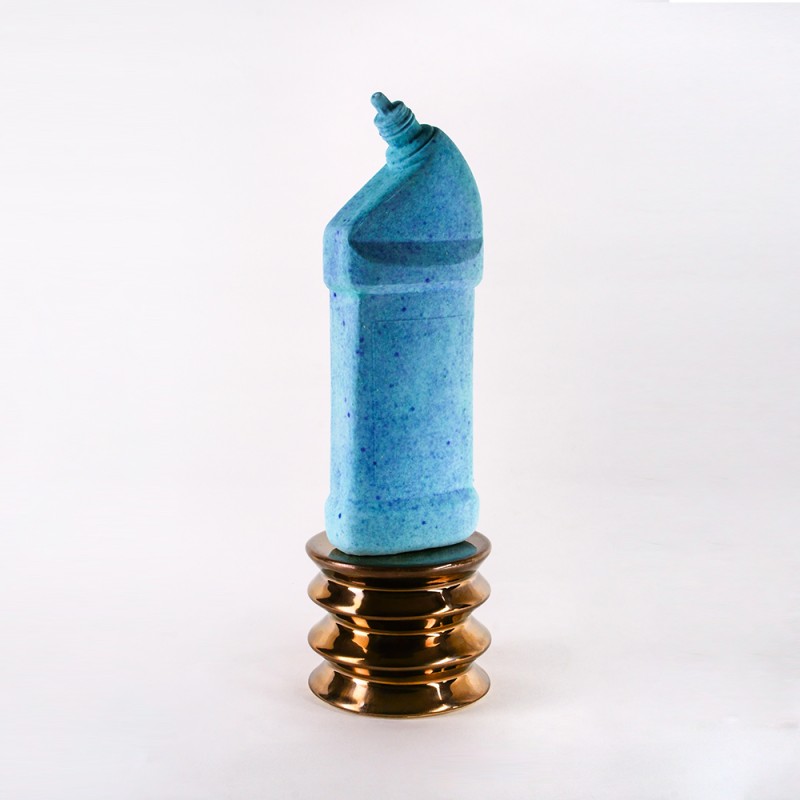 How do we create relationships to objects and materials and what does that mean for the environment? Assembled with dedicated precision, the ceramic work of Shaun Hayes plays with the psychological evocation of material waste through assemblage and colour. Bright and flashy the synthetic red, yellow and blue distort the meaning of the objects they adorn. They pop, they are fun and playful to the eye, I want to have it, buy it, own it.
How do we create relationships to objects and materials and what does that mean for the environment? Assembled with dedicated precision, the ceramic work of Shaun Hayes plays with the psychological evocation of material waste through assemblage and colour. Bright and flashy the synthetic red, yellow and blue distort the meaning of the objects they adorn. They pop, they are fun and playful to the eye, I want to have it, buy it, own it.
Staring at a frozen toilet cleaner confidently sitting on a gold plinth, the nozzle proudly uncapped, I think about
how disposability translates materially. Carefully considered, each object has
been transformed magically through the processes of water, fire, air and the intention of the artist. Waste. The coffee cup lid, the toothbrush, the cue tip, small thoughtless conveniences of our comfortable lives. Trash. I try to conjure the image of a garbage tip, but I don’t think I have ever visited one. I can see the empty soap dispenser, the razor, or the coke bottle floating discarded on the banks of the Cooks River (Goolay’yari). Disposable. I think of the river, of nature, maybe for the first time that day.
The union of skill, intuition, experimentation and imagination that is the becoming of Hayes work is a clear departure from the mass-production of the single-use disposable that we encounter in the everyday. The connection to material here is personal and philosophical. Hayes’s art practice is the embodiment of plastic memory discerning consumerist design history upon each surface and posing questions of material immortality. It captures the disregarded object, caressing it before it is taken to the tip, holding it up to us with pride. As we are drawn in closer, seduced by the bright colour and squinting at the flat matte surface, a mirror appears. Who do you see?
Claire de Carteret
Writer & Curator
I would like to acknowledge the Gadigal people of the Eroa Nation as the traditional custodians of
the land upon which this text was researched and written. I pay respect to the Elders past, present and emerging. Sovereignty never ceded.
Photography Bryna Bamberry
References
Mike Hall, “Dissonance and Decarbonisation”, The Journal of
Australian Ceramics, April 2020
Nick Waterlow, ‘Preface’, The Somatic Object, 1997
Petra Lange-Berndt, ’How to be Complicit with Materials’, Materiality, MIT press, 2015
Roland Barthes, “Plastic,” Myths, 1957
Shaun Hayes: Artist Statement & Bio
The collection of plastic objects that inform Hayes’s sculptures are evocative of certain memories and feelings, capturing these ephemeral moments in time. Hayes contemplates the nature of today’s throwaway society and using seemingly unimportant, everyday objects, humorously highlights the importance of being more conscious of the enduring impact waste has on the environment. Drawing on the aesthetics of traditional ceramic vessels combined with contemporary objects, his adorned vessels echo a blending of past and present, old and new as well as illustrating the material similarities between plastic and ceramics.
Interested in the feelings and memory these throwaway objects evoke, Hayes comically uses trash to build vessels of Western cultural heritage. Our garbage becoming a biographic assemblage of certain value systems. The unimportant plastic bottle, the takeaway container and toothpaste ironically put on a pedestal, vitrified, forever set in stone. Almost sarcastically, the works are critiques of how material value is manufactured. But in the environment, it does not matter, material hierarchy does not exist, and both refuse to break down and return to the earth.
Through methods of repetition, rearranging and joining of cast objects paired with a tonal colour palette, Hayes’s sculptures are reminiscent of fantastical and comical imagery whilst also highlighting the tensions of growing up in conversation with existing in a wasteful, thoughtless consumerist society.
Shaun Hayes is an Australian ceramic artist whose work explores the intersection of memory, material, and environmental consciousness. Through his innovative approach to ceramics, Hayes transforms discarded plastic objects into enduring sculptural pieces, challenging perceptions of value and permanence. His work often carries a sense of nostalgia and humour, prompting reflection on the everyday items we overlook and discard.
Hayes completed a Bachelor of Arts (Visual) with Honours in Ceramics at the Australian National University School of Art in 2013. His career has since taken him to the historic ceramic studios of Jingdezhen, China, where in 2023 he has exhibited as part of international ceramic art exchanges. He has received significant recognition for his practice, including winning the 2024 Muswellbrook Art Prize (Ceramics) and being a finalist in the 2022 Waverley Small Sculpture Prize. He has also represented Stanley Street Gallery at the 2018, 2023 & 2024 Sydney Contemporary Art Fair and the Melbourne Design Fair.
His work was the subject of a major feature in The Journal of Australian Ceramics (Issue 63, 2024), highlighting his unique perspective on material, memory, and environmental impact. But at its core, his work is about something simple: paying attention—to the things we use, the things we throw away, and the pressures, both big and small, that shape us all.
Currently living and working in Ngario Country (Captains Flat, NSW), Hayes explores new ways to reimagine everyday materials, transforming the discarded into thought-provoking ceramic works.
Shaun Hayes: CV March, 2025 Download
Shaun Hayes is a ceramic artist whose work serves as both a critique and a celebration of material culture. It challenges us to reevaluate our relationship with objects and the environment, reminding us that ultimately material hierarchy holds no sway. In the end both plastics and ceramics refuse to break down and return to the earth, serving as enduring reminders of our disposable habits. Through repetition, rearrangement, and a tonal colour palette, my sculptures take on a fantastical and comical quality. However, beneath the surface lies a poignant commentary on the tensions of growing up in a society driven by consumption and excess. Micro plastics infiltrate our bodies and ecosystems, leaving an indelible mark on our health and environment.
Hayes received a Bachelor of Arts (Visual), with Honours majoring in Ceramics from the Australian National University School of Art in 2013. He is currently living and producing work in Ngario Country, (Captains Flat) NSW Australia. Most recently he was the winner of the 2024 Muswellbrook Art prize and in October 2023 he was selected for ‘Temperature’ - an international ceramic art exchange exhibition in Jingdezhen China as part of the Taoxichuan Autumn Art Fair.
Education
Solo exhibitions
Two person exhibitions
Group exhibitions
Awards and achievements
Residencies & Workshops
Collections
Work acquired by Woollahra Municipal Council, December 2021
Reviews and publicity
Art Guide Australia, September/ October issue 2023
Art Almanac, October issue 2021
Artist Profile Magazine issue 41, Discovery, November 2017
BMA magazine Canberra, Artist Profile, November 2016
A. Harding, Aust View, Artist Profile, 25 February 2015
S. Pryor, Canberra’s Arts Diary, Canberra Times, 28 February 2015
S. Pryor, Capital Life: July 12, the Sydney Morning Herald, 9 July 2014
Web reviews
https://www.canberratimes.com.au/story/6249459/three-sculptors-on-space-and-reality/ The Canberra Times review by Sasha Grishin, July 1st 2019
https://stephenrrandall.wordpress.com/tag/shaun-hayes/ ANCA Gallery review by Stephen Randall, March 1st, 2015
http://anca.net.au/portfolio/guilty-pleasures/ Guilty Pleasures, ANCA Gallery, 25th February- 15h March 2015
https://www.canberratimes.com.au/story/6071384/capital-life-february-28/ The Canberra Times review by Sally Pryor, February 26th, 2015
https://www.musingaboutmud.com/2013/08/25/emerging-artist-shaun-hayes/ Musing About Mud by Carole Epp, August 25th 2013

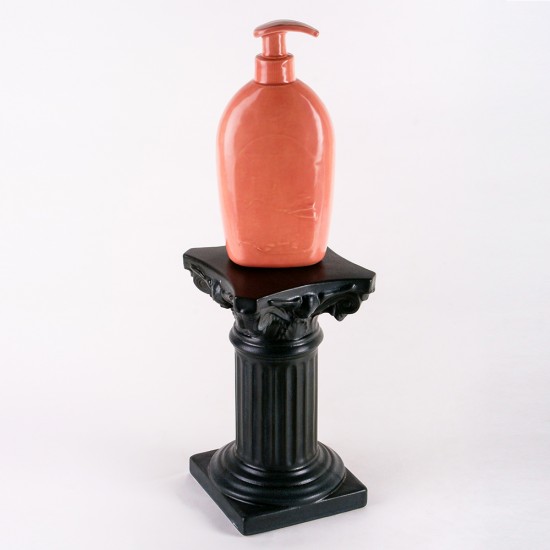
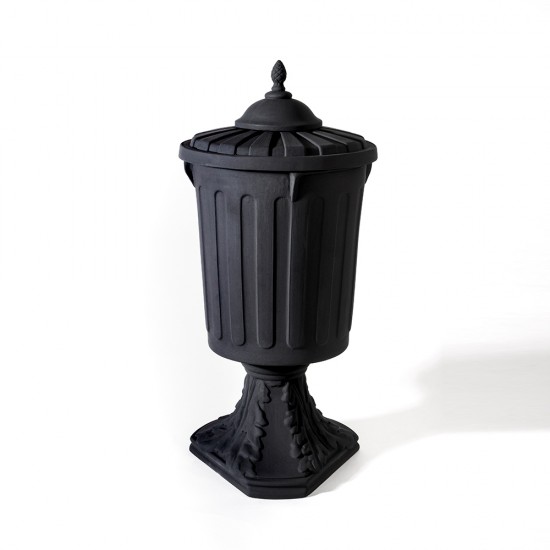
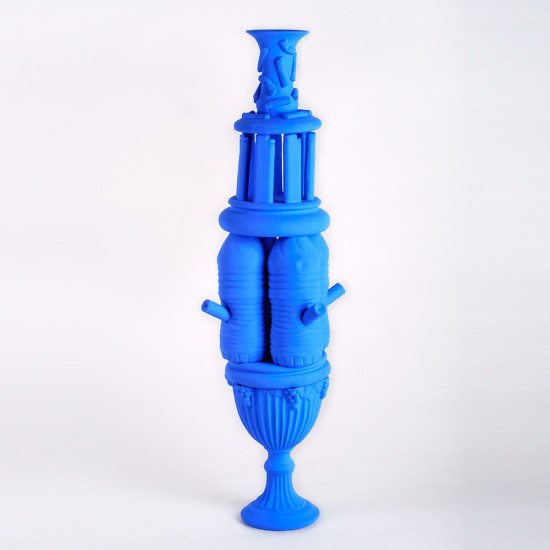
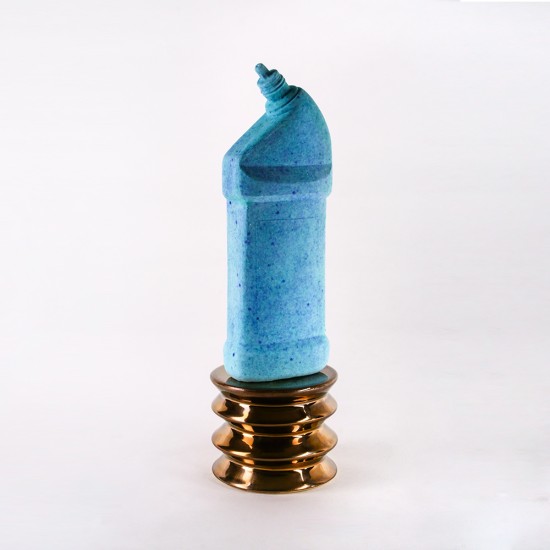
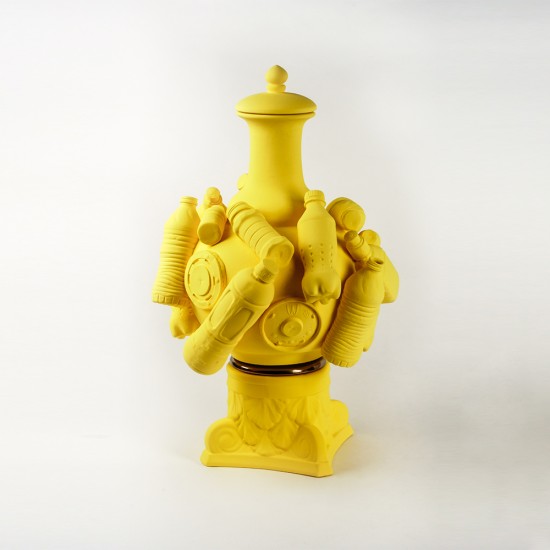
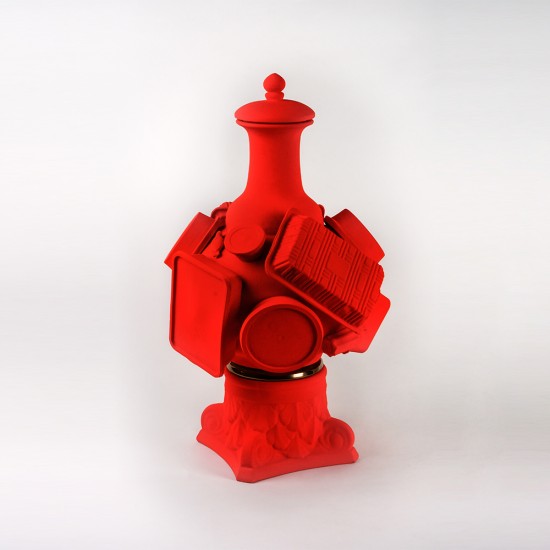
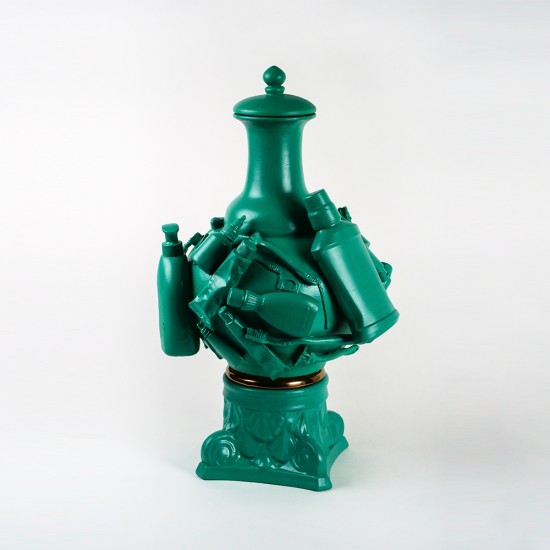
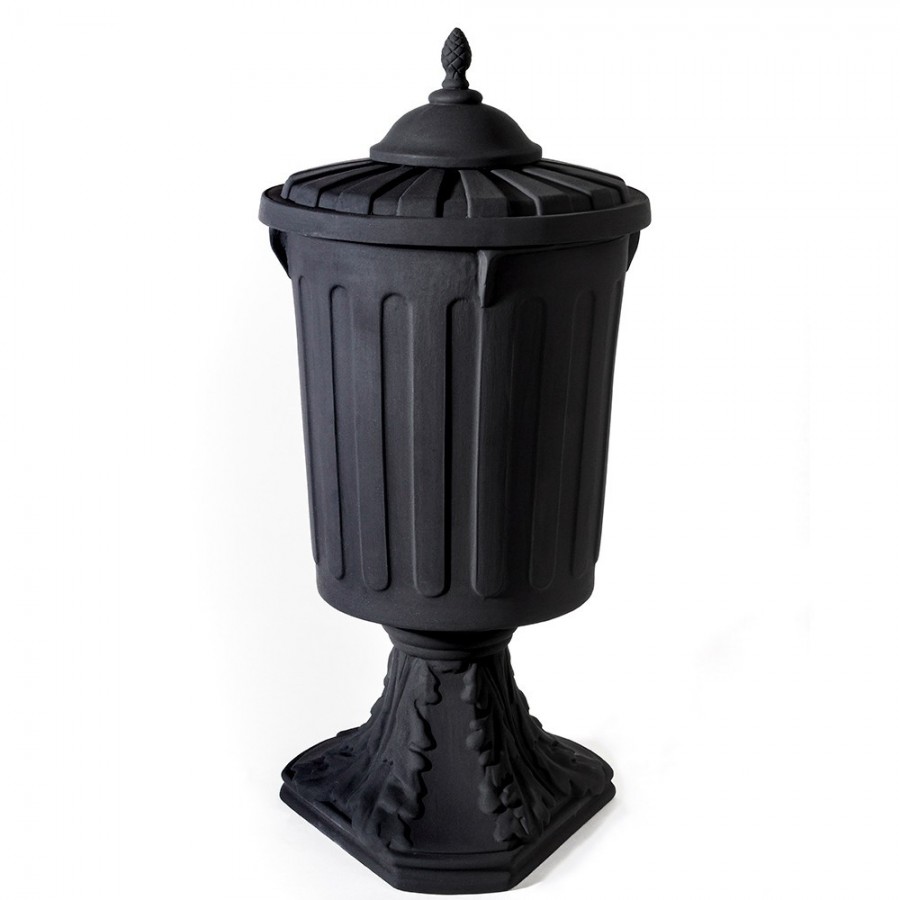


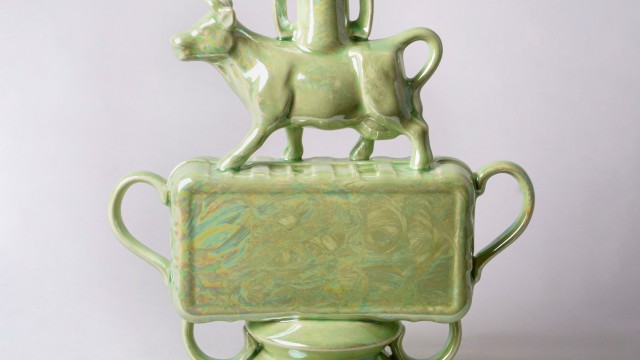
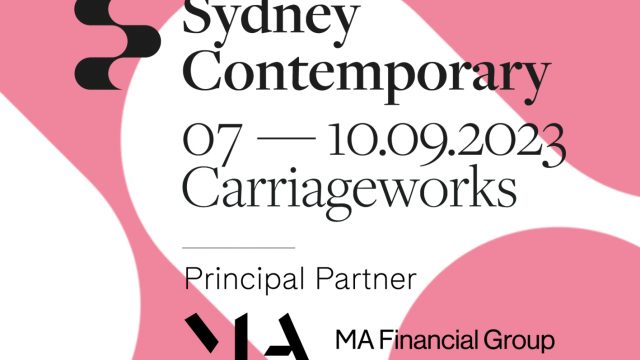
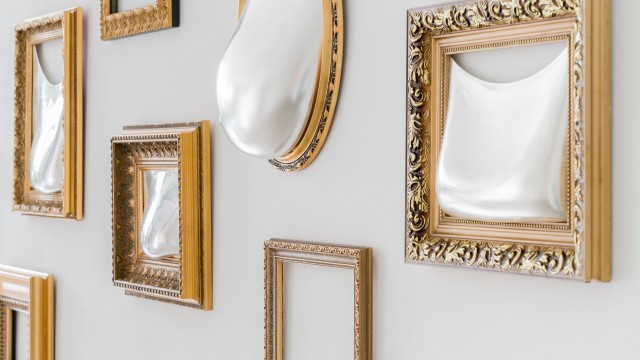
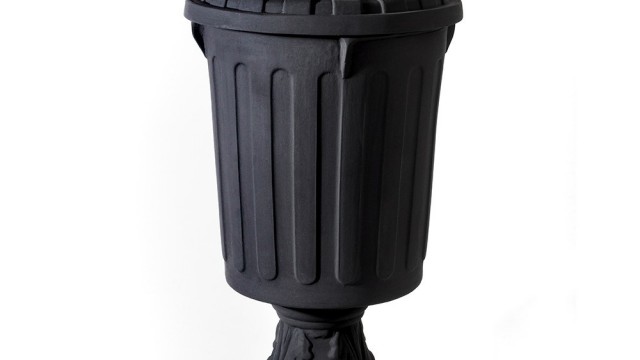
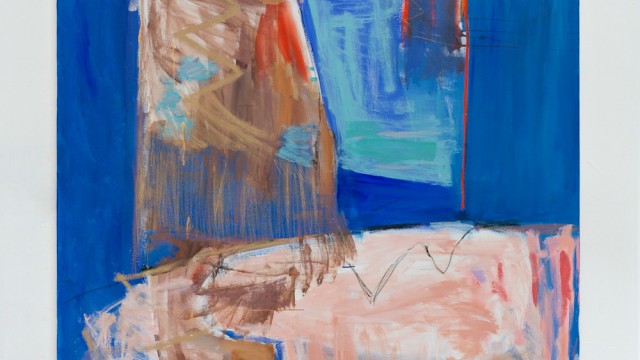
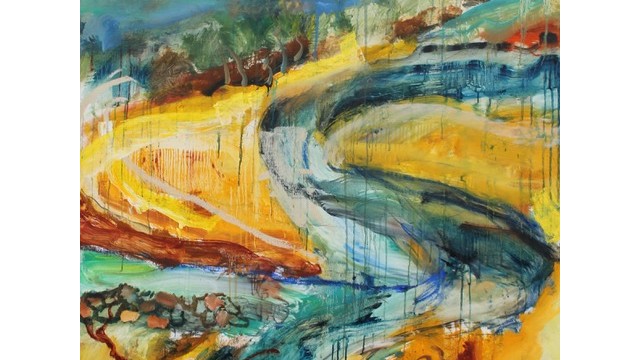
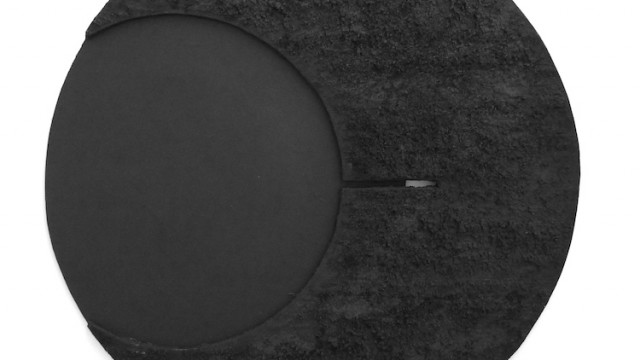
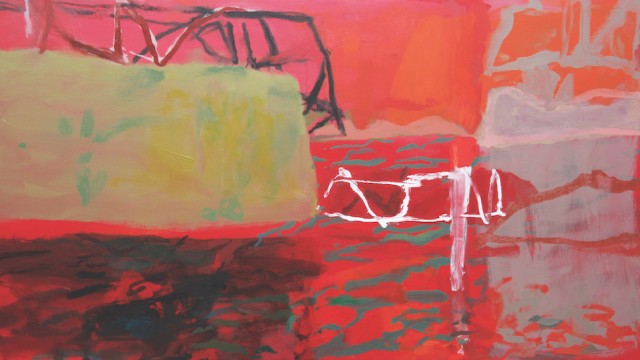

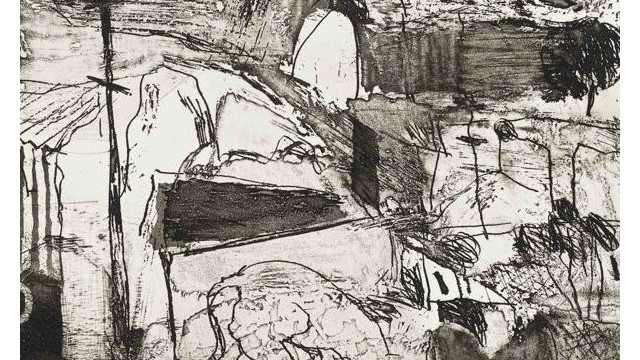
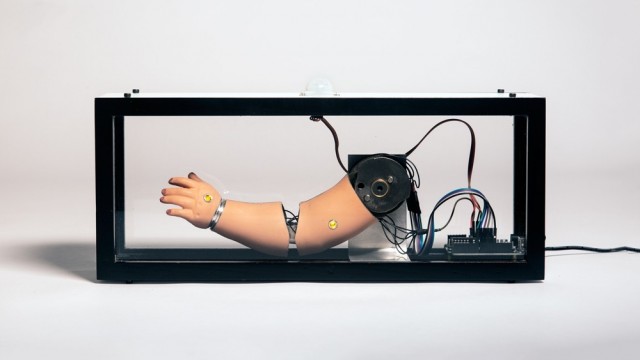
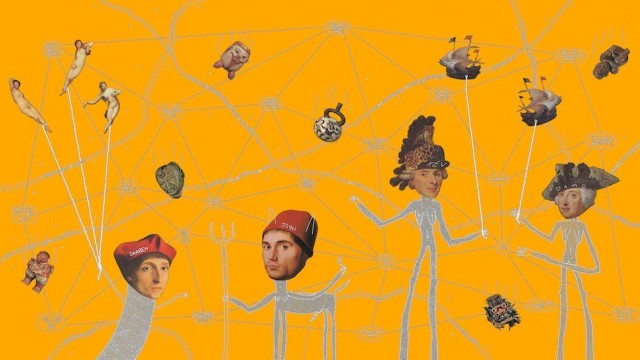
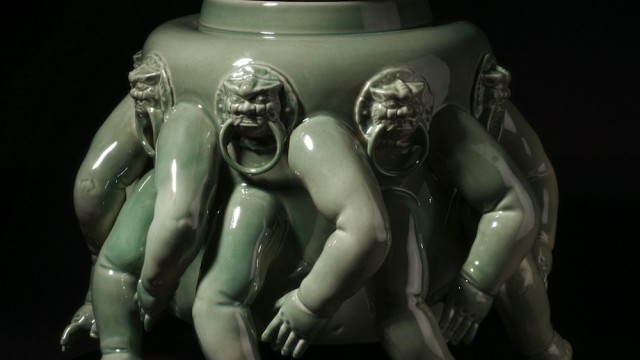
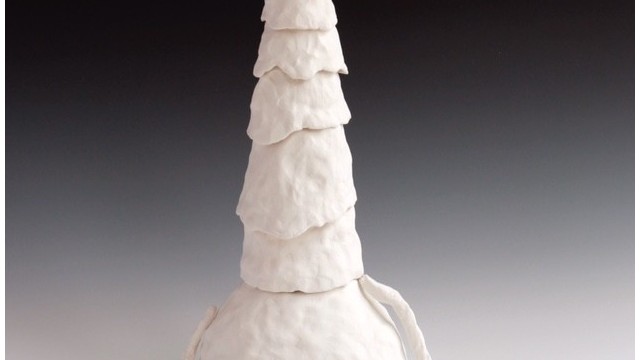
E-Catalogue for Shaun Hayes - 'Trashed'